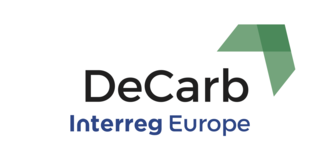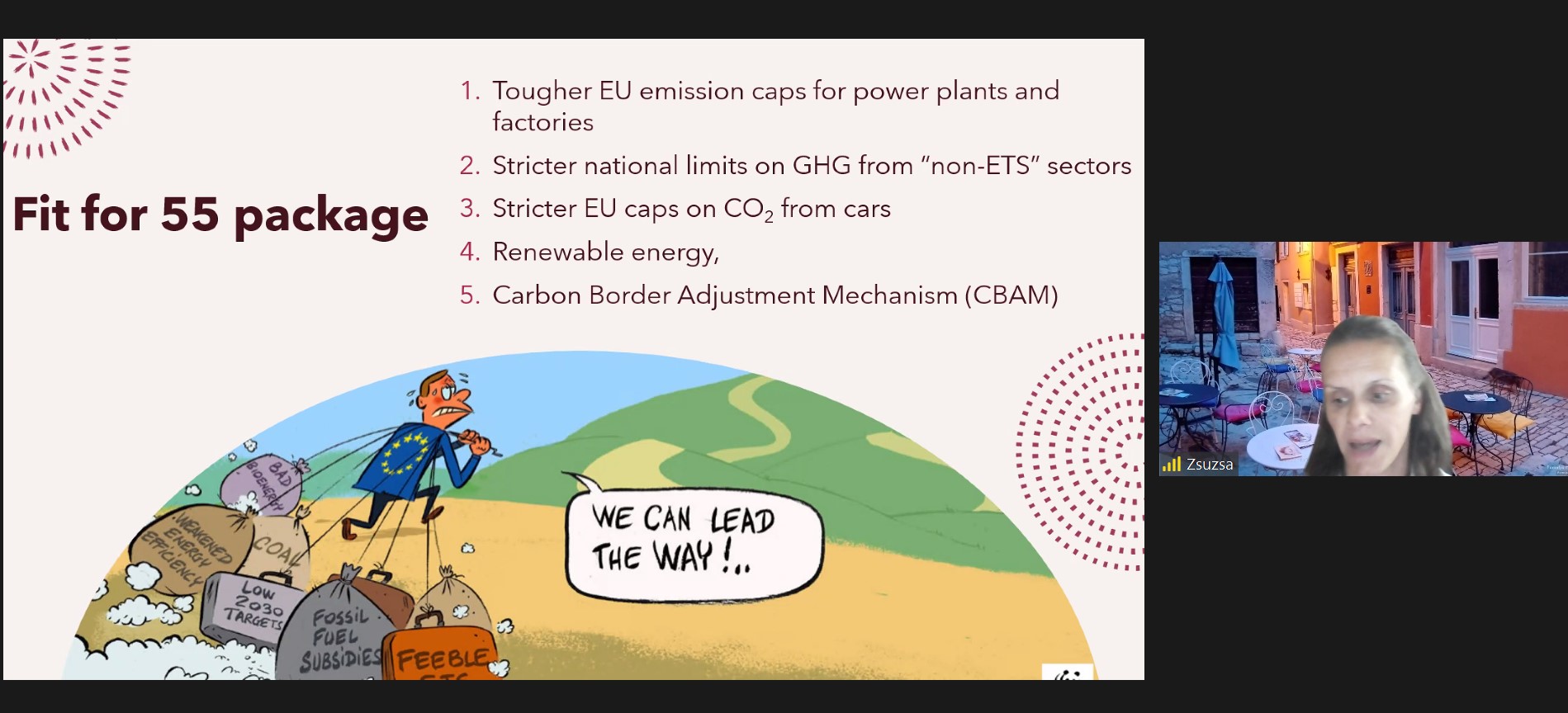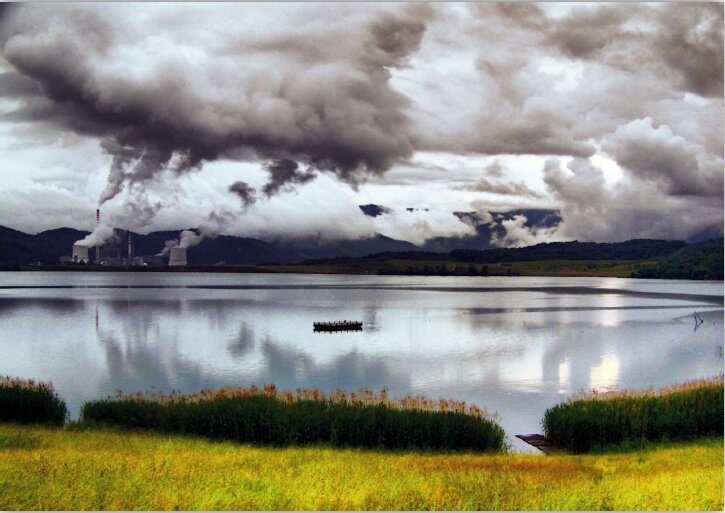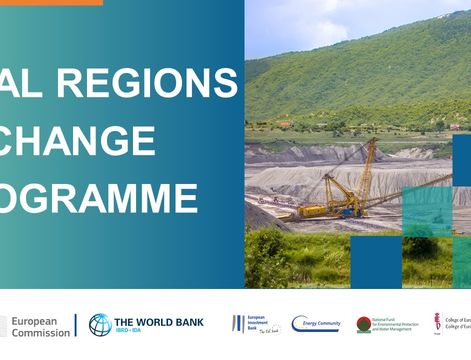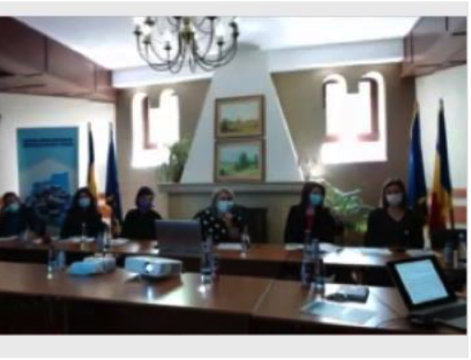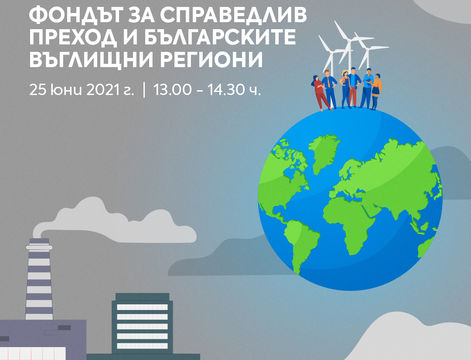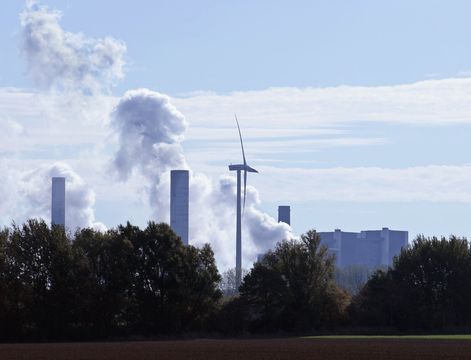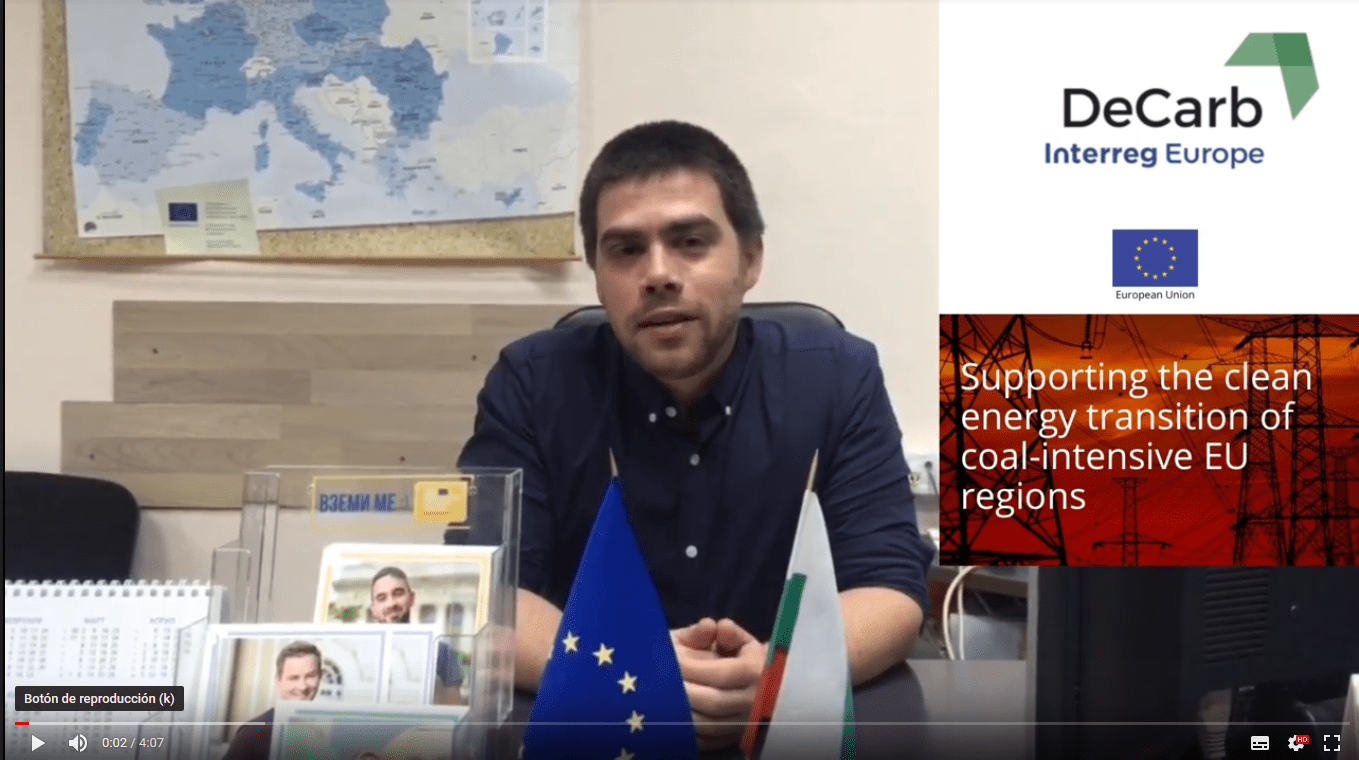The Development Agency of Savinjsko-Šaleška Region, organised a study visit on Thursday, 13 February 2020, where a delegation of the Regional Development Agency PanonReg from Subotica, Serbia participated as well. The event took place at the Šalek Valley Central Wastewater Treatment Plant in Šoštanj, Slovenia. The purpose of the study visit was to gain a knowledge and experiences in the field of sustainable development in the municipal and energy infrastructure of the Šalek Valley. The event was also attended by a representative from the Energy Agency of Savinjska, Šaleška and Koroška Region, who presented DeCarb project. In the first part of the meeting the history of Velenje and the rehabilitation of lakes in the Šalek Valley were presented. The city of Velenje experienced a fast development in the 20th century, from a small settlement with a few hundred inhabitants to a modern city with more than 30,000 inhabitants. The image of Velenje has changed considerably with the construction of many facilities, besides the coal industry has also had a major impact on the landscape changing. Because of the coal mining, the surface has sunk resulting in the formation of lakes. Today, they have reached a total area of over 200 ha and a volume of over 35 million m3 and are one of the largest lakes in Slovenia. They are named as Lake Škale, Velenje and Šoštanj. In the past, Lake Velenje was exposed to pollution, as ash from the Šoštanj thermal power plant was transported to it to fill the bays. Because of this, the lake became extremely alkaline (ph 12), so life in it became extinct at that time. In 1994, the rehabilitation began, which stopped the import of ash into the lake and made a closed circuit for the production of technological water at the Šoštanj thermal power plant. Animal species began to re-enter the lake. At the same time, the area along the lake was regulated, which enabled the development of recreational and tourist activities. The Municipality of Velenje has arranged the southern shore of the lake, which is today considered as one of the best natural bathing areas in Slovenia. After the historical overview of the city the municipal and energy infrastructure of the Šalek Valley was presented. The system of drinking water supply and the system of drainage and treatment of municipal and precipitation wastewater were described. In the past, a well-maintained sewage system was built, which collects most of the municipal wastewater and sends it to the Central Waste Water Treatment Plant in Šoštanj. In this way, the preservation of a clean environment in the Šalek Valley has been improved. The system of thermal energy supply, which is implemented in the Šalek Valley in the form of district heating, was also described. The system operates on the basis of the cogeneration of heat and electricity generated at the Šoštanj thermal power plant. District heating was established in 1959 and represented the first of its kind in the Republic of Slovenia and also in the common state of Yugoslavia at that time. In the last part, a representative from the Energy Agency of Savinjska, Šaleška and Koroška Region presented the work of the Energy Agency and the implementation of the DeCarb project. Conducted thematic studies and analyzes were presented, besides the interregional workshop in Spain and the study visit in Germany were described. Future activities of the project were presented, the final result of which is the development of action plans that will support the energy transition of coal intensive regions.
Author: Rok Rošer, KSSENA
